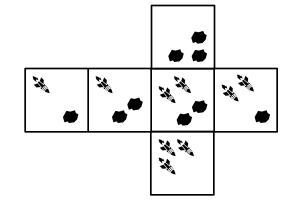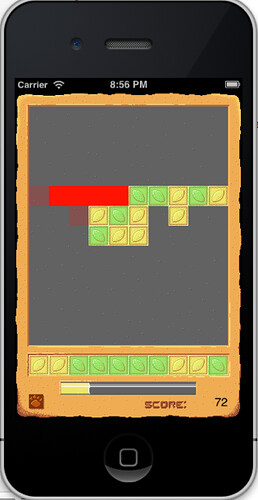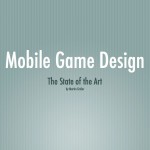I can’t decide if I should write a GDC wrapup post, but I cobbled this post together from notes I sent to a colleague discussing 4×4 grid games, as well as my thoughts after seeing Asher Vollmer talk about Threes! at GDC.
All games are programmed on a grid of some kind. Fundamentally, even oddly shaped maps are generally reduced to a grid at programming time. But what I want to look at here are “games set on a smaller square grid”, presumably either 4×4 or 5×5 or maybe 6×6. This greatly reduces the search space.
There are games where the grid space contents move, and games where they do not. In the games where they don’t, you are still changing something about the grid, either marking a path or changing the state of the space in some other way. One category of games like this that comes immediately to mind are logic puzzles like nurikabe, numberlink, or nonograms. (I don’t think they all start with ‘n’ tho!) Another category might be games where you place specific pieces onto the game board, as in one of my favorite chess variants, Tic-Tac-Chec. Stacking games like Rumis might also qualify.
It feels like, at least in video games, games where you move the grid might be more common. The hole puzzle is, I think, the oldest. Although the ‘sliding a whole row’ mechanic is also pretty common, there was an early NES game called Yoshi’s Cookie that used that one. I am tempted to break these types of game down by mechanic and make a whole list. (This is the kind of thing I really like to do, and one of my favorite examples of thinking about mechanics is this cool family tree of matching tile games put together by Jesper Juul.)
Recently there has been a really interesting category of these games with a huge spike in popularity started by this game called Threes! launched recently in the app store. You can play it online too at http://threesjs.com/. There are now a ton of clones, and some of them have (slightly) different mechanics, creating a whole new branch of small-grid games. My favorite is this one called 2048, also playable online (though it appears to have not one but three app versions — no doubt because the original is open source). The main new mechanic here is that tile states “combine” to form a new more valuable state. An additional mechanic is that in Threes! as well as the variants I’ve played, the entire game board is moved at once, whether it’s only one space as in Threes!, or to their farthest empty position as in 2048.
I’m not doing a good job of remembering the details of Asher’s talk, but one was that in at least one previous version of Threes!, there were negative numbers. It’s worth noting that I haven’t seen a clone/version that adds those.
This is nowhere near comprehensive. Let me know what I’ve missed in the comments, thanks!
References / further reading:
https://en.wikipedia.org/wiki/Logic_puzzles
https://en.wikipedia.org/wiki/Category:Logic_puzzles
https://en.wikipedia.org/wiki/List_of_puzzle_video_games
http://boardgamegeek.com/geeklist/16754/games-played-on-a-4×4-grid






